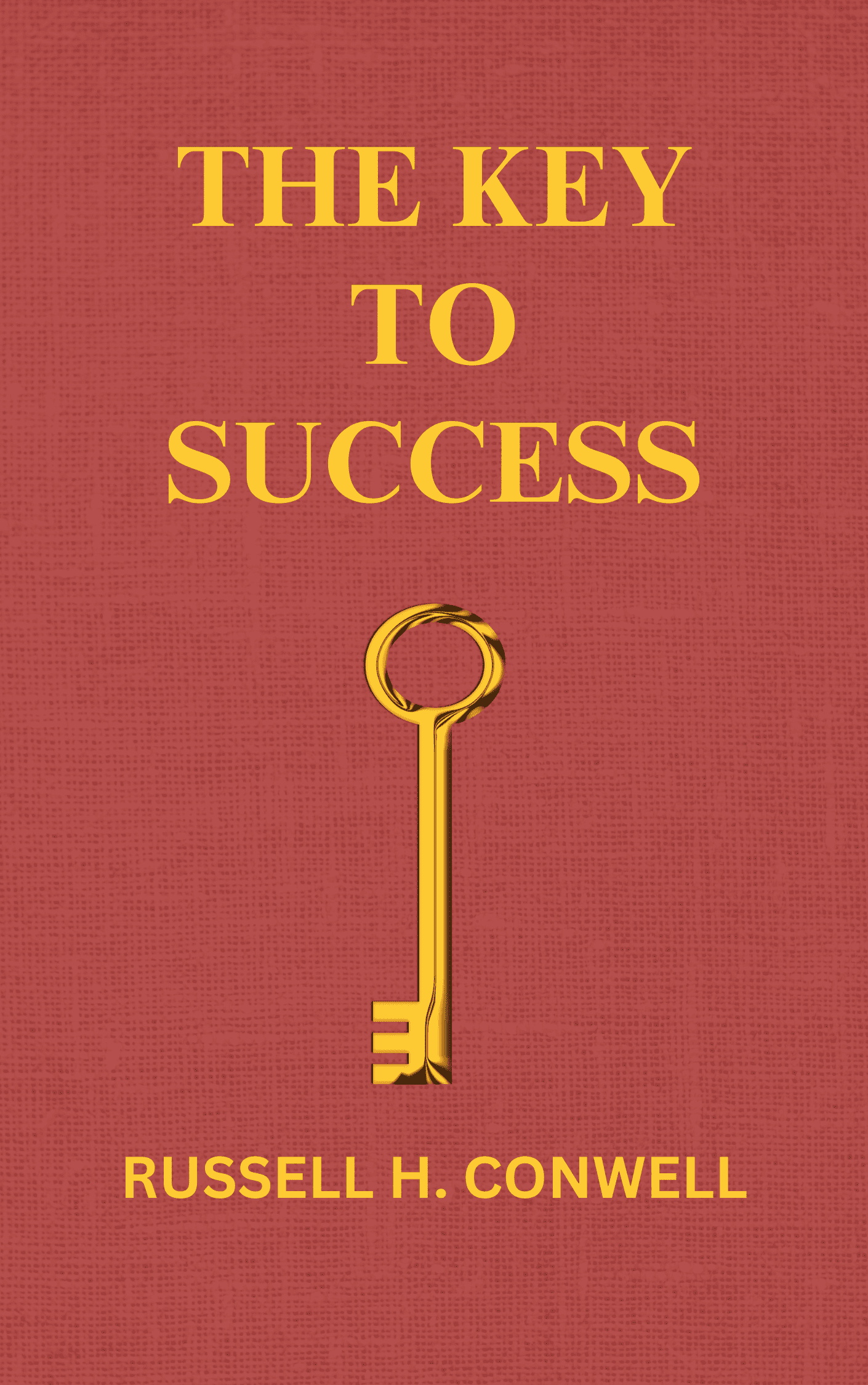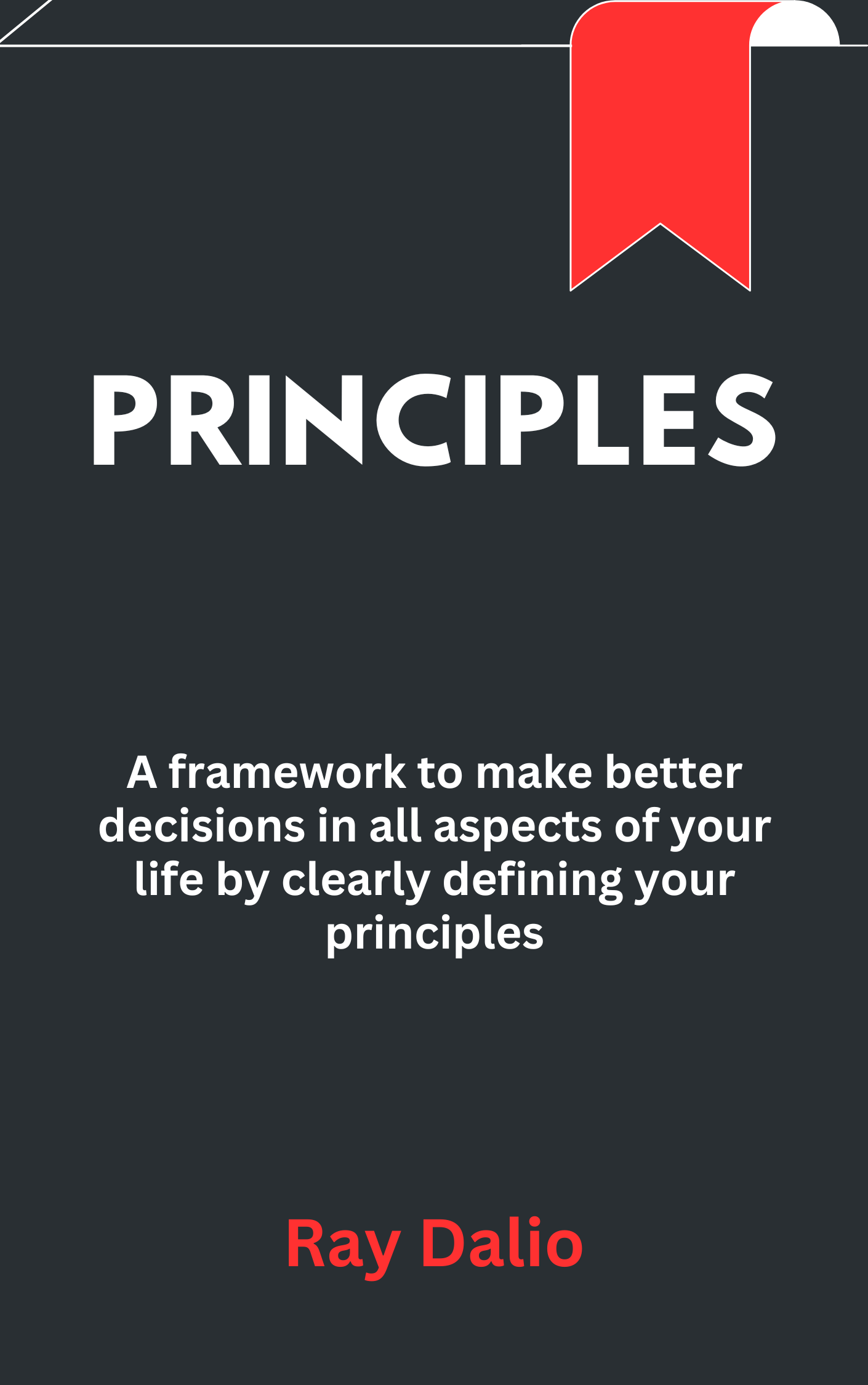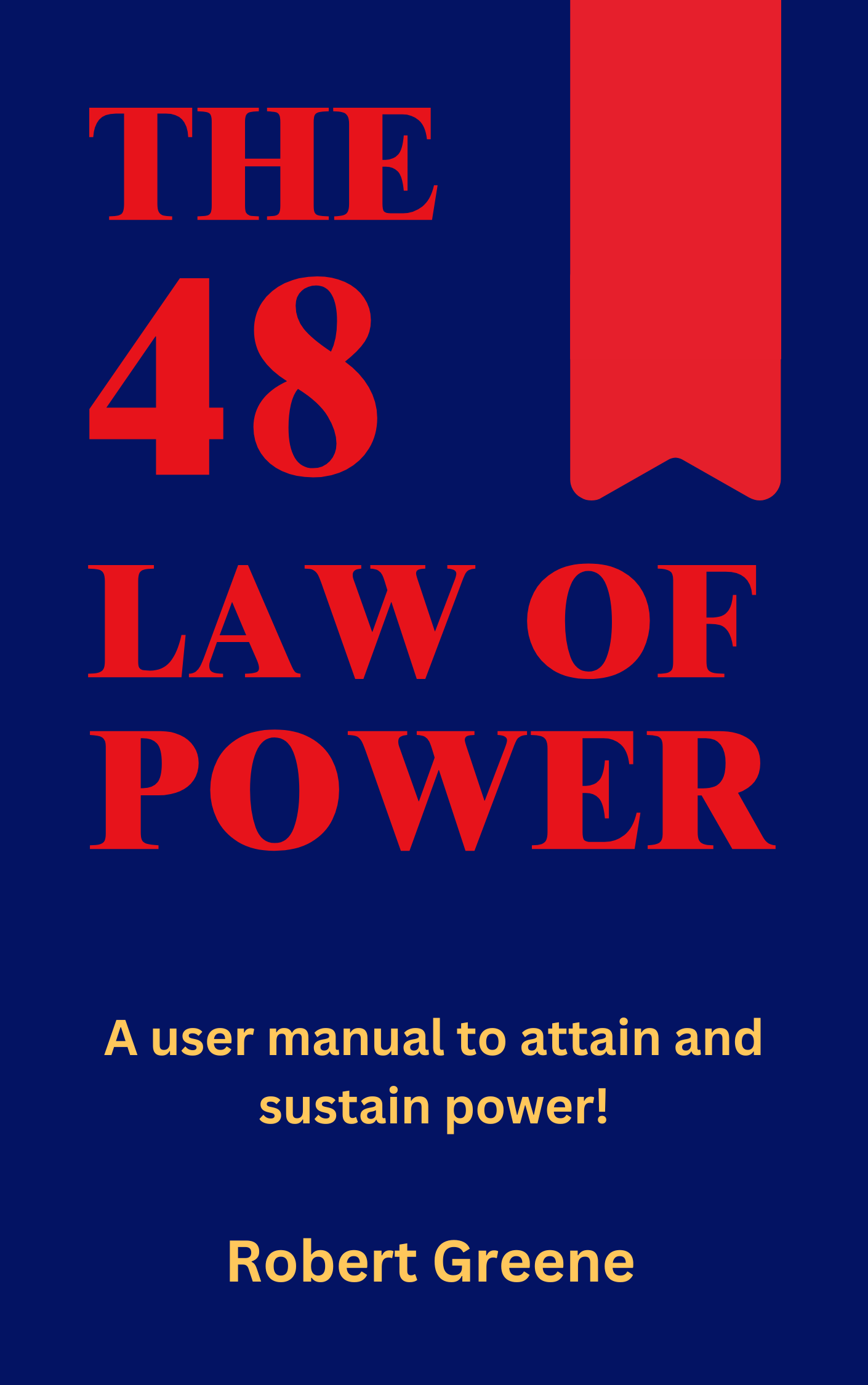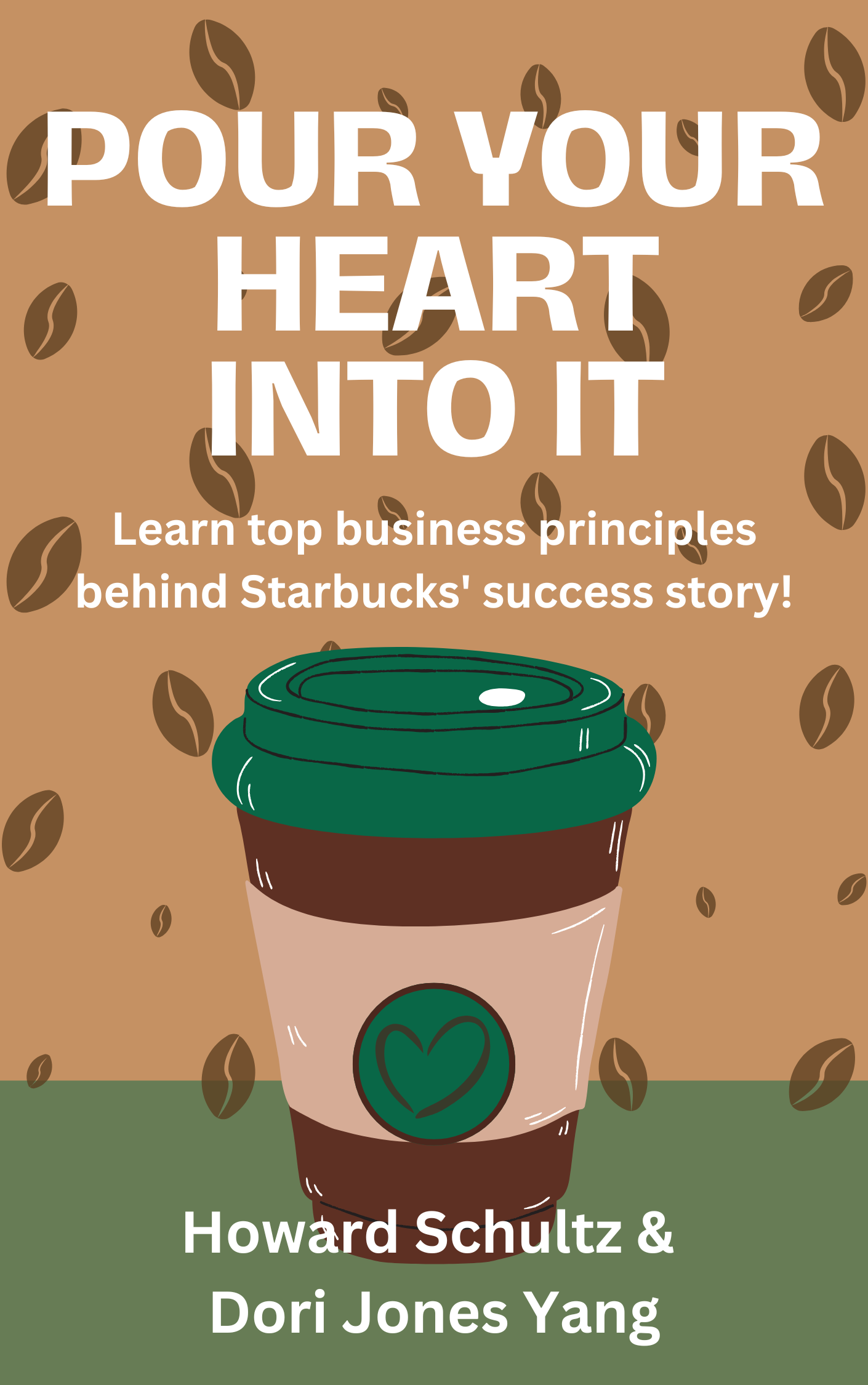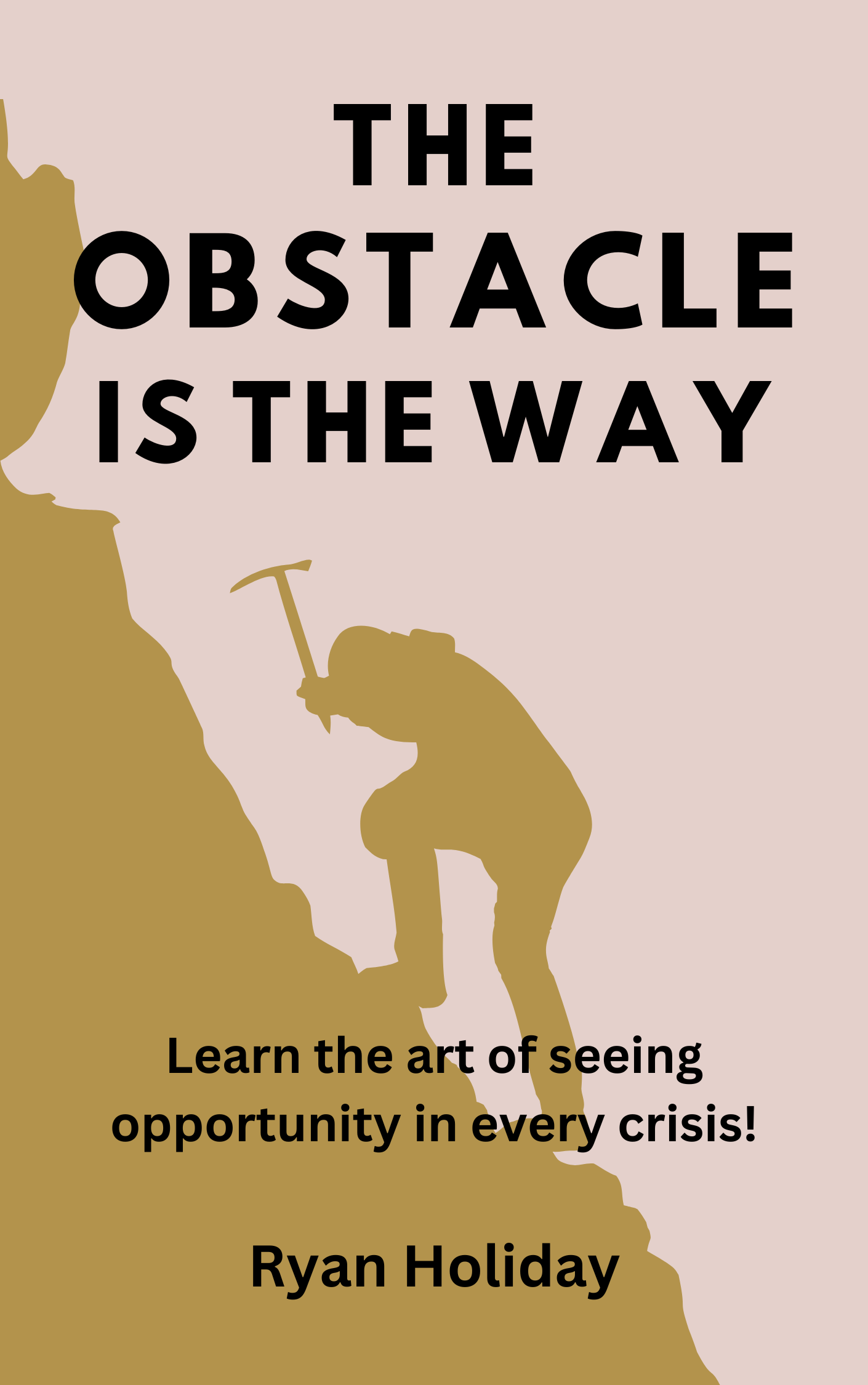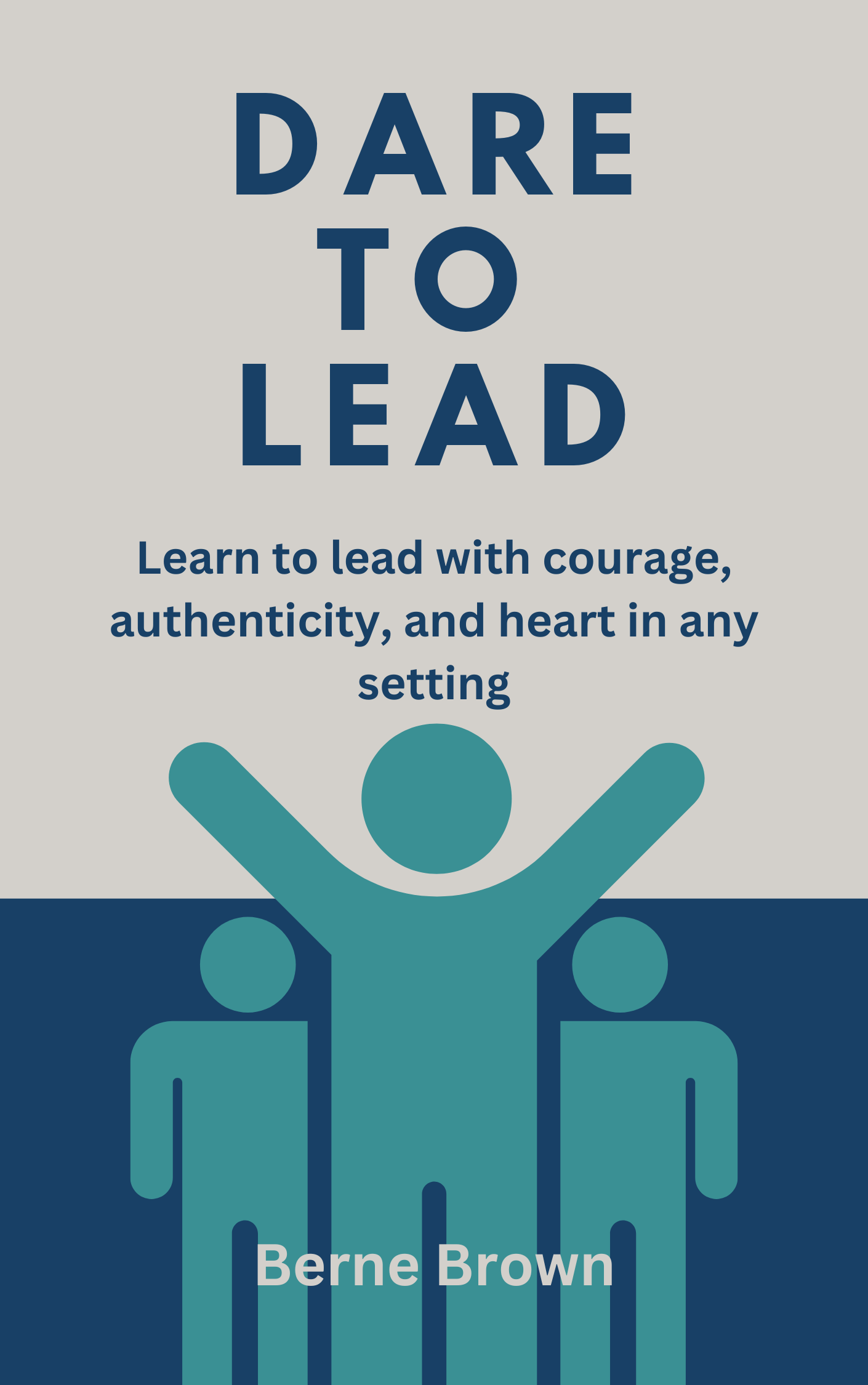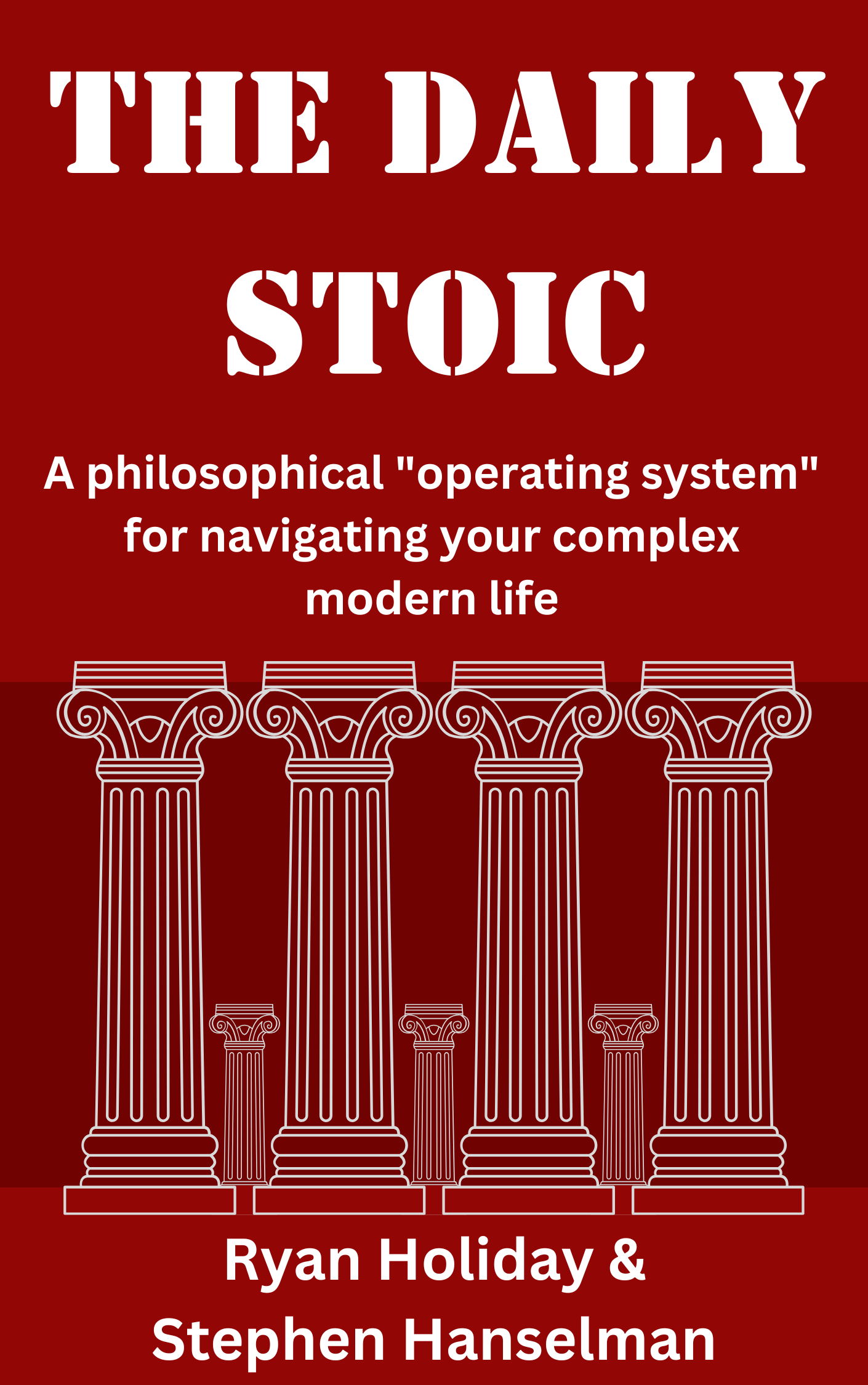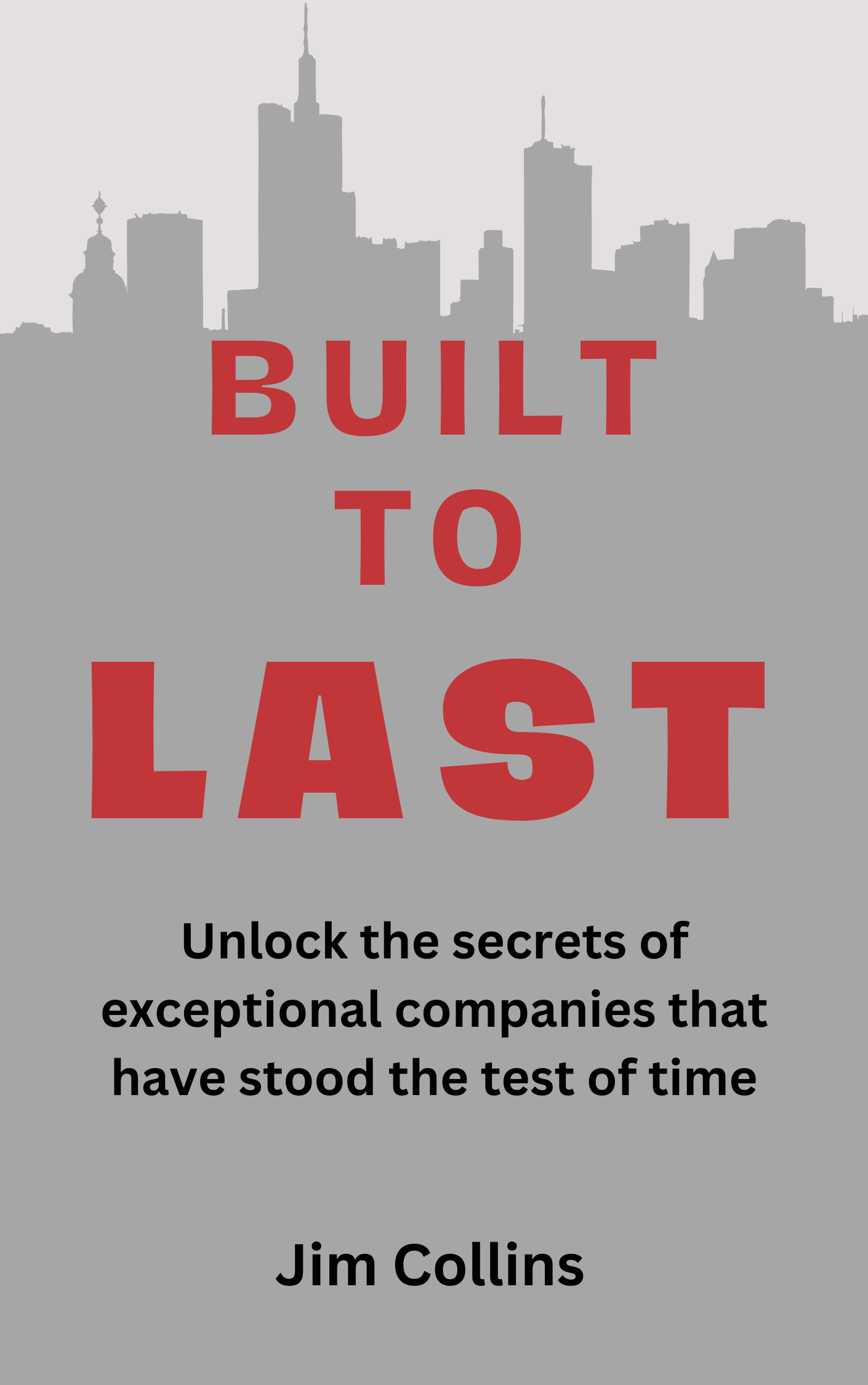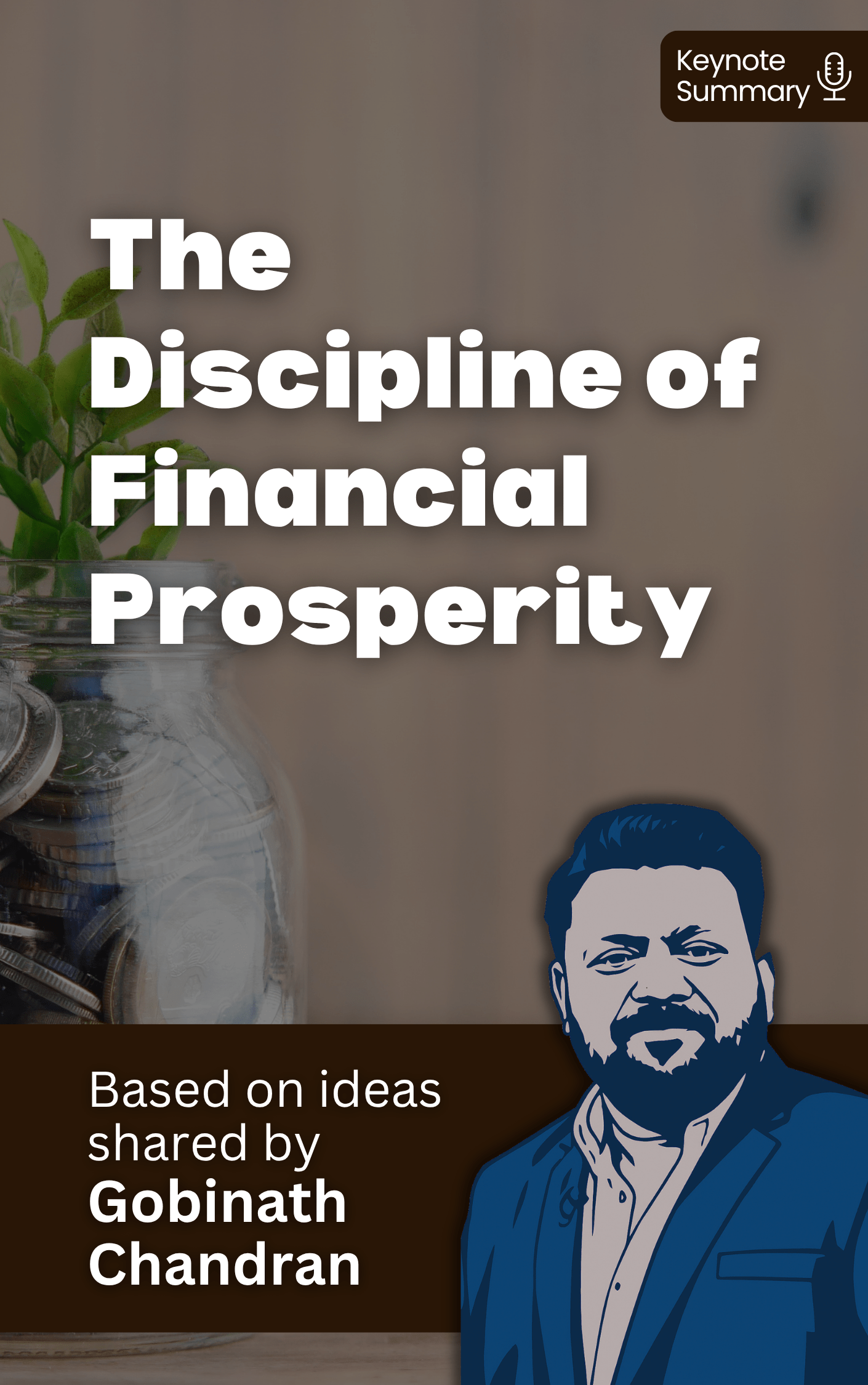Introduction
Let’s be honest—most of us feel like we’re constantly playing catch-up. Our calendars are packed, our to-do lists never end, and even when we cross a few things off, ten more pop up. It’s exhausting. But here's the twist: it’s not always about having too much to do. Sometimes, it’s about not managing what we do with enough intention.
That’s where this book steps in. It’s packed with lessons pulled from people who’ve figured it out—billionaires, Olympians, straight-A students, and successful entrepreneurs. People who know how to squeeze the most value out of their time without burning out. And guess what? It’s not about being perfect. It’s about building smart habits that actually stick.
Let’s dig in!
The Calendar Is King: Ditch Your To-Do List for Good
Most people begin their day by consulting a to-do list. It feels productive, gives a sense of direction, and creates the illusion of control. But here's the truth: successful people don't rely on to-do lists—they live by their calendars. This single shift transforms intention into action. To-do lists are often cluttered, unprioritized, and overflowing with tasks that rarely get completed. In contrast, a calendar forces commitment. It reserves actual time for real work.
When you put something on a calendar, it's no longer a vague aspiration—it becomes an appointment with yourself. Just like you wouldn't randomly skip a scheduled meeting with your boss, you're far less likely to skip out on a task that's been carved into your day. Calendars are visible, time-bound, and structured. To-do lists, on the other hand, don't account for time at all, allowing tasks to endlessly spill into tomorrow.
Imagine you want to write a book, train for a marathon, or build a side hustle. Placing "write chapter one" on your to-do list won't get it done. But blocking out 8:00 AM to 9:00 AM tomorrow in your calendar to write? That's a date with progress. This strategy is called time blocking (or time boxing). By keeping a minute-by-minute schedule, you begin making choices based on what deserves your time, not just what demands it.
Moreover, calendars are naturally self-limiting. Unlike a to-do list that can grow indefinitely, your calendar only has so many hours in a day. That limitation forces prioritization. And, also reveals time leaks. You'll start noticing just how much time is eaten up by meetings, idle scrolling, or mindless tasks.
Transitioning from a to-do list to a time-blocked calendar can feel unfamiliar at first. But once you start treating your tasks like events—fixed, intentional, and protected—you shift from reacting to your day to owning it. Speaking of owning your day...
Guard Your Mornings
There's a quiet power in mornings that the most productive people harness daily. Early hours are the one part of the day you can often control—before emails flood in, before meetings begin, before anyone else's agenda hijacks your focus.
The strategy is simple but potent: start your day with your most important task. Not necessarily the most urgent thing on your plate, but the activity that will move the needle the most. Whether it's strategic planning, creative work, writing, coding, or decision-making — tackling this task first ensures you've already made real progress before distractions arise. That’s why Olympic swimmers hit the pool at dawn. Not just to get in more practice, but to ensure that training happens before anything else can get in the way. Entrepreneurs and CEOs often use early mornings to think deeply or create without interruption.
There's also a mental benefit. Completing meaningful work early creates momentum, and momentum builds motivation which ripples through your entire day, lifting your mood and sharpening your focus.
Many high performers pair this with a morning ritual. Consider following the Life S.A.V.E.R.S system developed by success coach Hal Elrod for designing an effective morning routine:
S is for Silence - Just chill for a bit. Quiet your mind, feel some gratitude, meditate, whatever centers you.
A stands for Affirmations - basically reminding yourself of your purpose and goals.
V is Visualization - like, actually picture yourself achieving those goals and living that dream life.
E means Exercise - Even just a quick workout gets your energy flowing.
R is Reading - spend time with any book that expands your thinking.
S is for Scribing - Just journal whatever's on your mind.
It's easy to think you're not a morning person. But being productive in the morning isn't about biology—it's about practice. You can train yourself to protect that time, to start small and build a routine that sticks. Now that you've mastered your mornings, it's time to tackle another time management skill.
The Power of No
Time management isn't just about what you do—it's equally about what you don't do. And one of the most effective tools in your productivity arsenal is a tiny, one-syllable word: "No." High achievers aren't just good at planning their time; they're fierce defenders of it. They say no often, and without apology.
At first, this might seem counterintuitive. We're often taught to be agreeable, helpful, accommodating. But saying yes to every request, project, or invitation leads to calendar clutter, fragmented attention, and burnout. Successful people know their priorities, and if something doesn't align with their goals or values, it's a no—plain and simple. You can't do your best work or live your best life if your schedule is filled with other people's priorities.
Think about how you handle requests at work. Maybe a colleague asks for "just a quick favor" that turns into an hour of your day. Or you get pulled into a meeting that adds no value to your goals. Without a clear boundary, your time gets siphoned away in tiny, seemingly harmless ways. Over days and weeks, those moments add up—and your own priorities get buried.
Some of the world's most successful individuals are known for their selective yeses. Warren Buffett famously said that the difference between successful people and very successful people is that very successful people say "no" to almost everything.
Of course, saying no can feel uncomfortable. But there are graceful ways to decline. You can express appreciation, offer alternatives, or simply explain that your plate is full. The key is to do it consistently, and without guilt. Your time is finite—and protecting it is an act of respect, both to yourself and to those who depend on your best.
Think you've mastered time management now? Not so fast. There's another currency at play.
Manage Your Fuel, Not Just Your Time
Let’s talk about something that doesn’t get enough attention when it comes to time management: energy management! You can effectively use your hours only when you effectively use your energy.
Picture your energy like a battery. It starts full, depletes throughout the day, and needs recharging to perform well. The problem? Many of us try to push through fatigue, distraction, or stress as if we're machines. But humans aren't built to operate at peak intensity nonstop. Our bodies and minds have natural rhythms—periods of high focus followed by a need for rest. Successful people don't fight this—they work with it.
They apply the Pareto Principle (the 80/20 rule) to identify which 20 percent of their activities produce 80 percent of results, then focus their energy there. They'll work in concentrated 25- to 90-minute intervals, followed by intentional breaks. These short bursts, when paired with deep focus and recovery, often yield better results than long, unfocused stretches. It's the quality of your time, not just the quantity, that drives success.
Energy management also means paying attention to sleep, diet, and movement. These are the productivity essentials. A full night's sleep sharpens your thinking and decision-making. A balanced meal stabilizes your mood and attention. Even a ten-minute walk can reset your brain and fuel your next work session. Top performers treat self-care as non-negotiable because they've learned that tired minds make poor choices and tired bodies underperform.
Emotional energy plays a role, too. If your day is packed with tasks that drain you—meetings you dread, people who frustrate you, work you find meaningless—your battery runs low, fast. High achievers strive to align their work with what energizes them. They delegate or eliminate what drags them down and double down on the work that lights them up. Passion, with sustainability!
So, rather than cramming more into your calendar, ask yourself: how can I protect and boost my energy today? That question unlocks a new level of effectiveness. Because when your energy is high, your focus sharpens. And focus is super important!
One Thing at a Time
In a world buzzing with notifications, multitasking, and endless distractions, doing one thing at a time might sound outdated. But the truth is, focus has become a superpower. The most successful people aren't those juggling five tasks at once—they're the ones fully immersed in one, meaningful task at a time.
Multitasking is a myth. Neuroscience has shown that our brains can't truly focus on two complex tasks simultaneously. What we're really doing is task-switching—rapidly toggling attention between things. This mental gear-shifting comes at a cost: lower accuracy, reduced efficiency, and increased mental fatigue. You may feel busy, but you're not being productive.
Successful individuals protect their focus like a prized possession. They identify their "MIT"— the Most Important Task — and give it their full attention. For some, this happens first thing in the morning, before interruptions creep in. For others, it's a set block in the day that's walled off from meetings, emails, and distractions.
When your attention narrows, your brain engages more deeply. You solve problems faster, write more clearly, think more creatively. Over time, this deep work leads to mastery, momentum, and results that scattered attention simply can't produce. So, cultivating focus is about finding flow, that satisfying state where time melts and you're fully immersed.
It's not always easy, especially in modern workspaces filled with pings, pings, and more pings. But there are tools and habits that help. Many top performers use distraction blockers, turn off notifications, and work in "focus zones" with headphones on or in isolated rooms. They schedule "meeting-free" hours and protect them fiercely.
There's mental clarity in knowing what to focus on. Rather than staring down a long to-do list, ask: "What's the one thing I can do today that would make everything else easier or irrelevant?" When evaluating tasks, ask yourself: "How important is this to my goals? Could someone else complete it? How could I accomplish this in half the time?" These questions, borrowed from productivity giants, cut through the noise and point you toward impact.
Now that you're focused on one thing at a time, let's talk about bringing that task to completion.
Finish What You Start
Ever open an email, read it, close it, and think, “I’ll come back to this later”? Then you open it again a few hours later… and still don’t respond?
Avoid that, with the “touch it once” habit. It’s simple: if something can be handled right away, it should be. If it can't, then it should be scheduled or delegated. But revisiting the same task or message over and over again? That's where time quietly vanishes.
Consider your email inbox. How many times have you read the same message three or four times without taking action? Each time, you mentally re-engage, reprocess, and re-decide what to do. That mental load builds up, draining your cognitive bandwidth and cluttering your focus. High performers avoid this trap by making quick, firm decisions.
They might reply immediately, forward the message to the right person, or schedule it on their calendar if it requires more time. But they don't leave it lingering. This decisiveness helps them assess more tasks quickly and act intentionally.
This habit also applies to physical clutter. Papers on your desk, half-finished projects, lingering errands—all of these represent open loops in your brain. The longer something remains unfinished, the more mental space it occupies. The touch-it-once approach encourages you to either finish it now or file it where it belongs for later.
Of course, not everything can be resolved in five minutes. But even for larger tasks, the key is to reduce the number of times you "touch" it. Instead of circling back repeatedly with no progress, set a focused block of time to move it forward meaningfully. Each touch should have a purpose.
Over time, this habit creates an incredible sense of control. Instead of juggling twenty open threads, you start closing loops. You stop feeling scattered and start feeling accomplished.
After all, productivity isn't about doing more—it's about finishing more. And when you start treating every task like something you intend to complete, rather than indefinitely postpone, your momentum builds.
Kruse's last lesson?
Fortress For Attention
Like energy management, attention needs to be managed as well. No matter how carefully you plan your day, your efforts can be undone if you don't protect your attention. That's why the most successful people build boundaries—not just around their schedules, but around their attention.
Distraction is everywhere. Email inboxes flood in real time. Smartphones chirp with updates. Coworkers drop by "just for a second." Even our own minds drift toward procrastination. In this chaos, maintaining attention requires more than good intentions—it demands structure.
High performers often design their environments for deep work. They might schedule "no meeting" mornings, work from quiet locations, or use noise-canceling headphones as a signal to others. Some go further, disabling notifications, using website blockers, or physically removing phones from reach during intense work. These productivity hacks are shields for your attention.
But the fortress isn't only external. Internal discipline matters too. Successful individuals train themselves to resist the urge to switch tasks every time they hit a snag or feel bored. Instead, they lean into the discomfort, knowing that breakthroughs often follow those difficult minutes of sustained effort.
Meetings, one of the biggest time sinks, are also approached with strategy. They decline unnecessary invites, keep meetings short and focused, or consolidate them into specific days to protect flow on others. One billionaire famously keeps his calendar nearly empty—because an open calendar is a fortress that repels low-value intrusions.
Creating a fortress for attention also means communicating your boundaries. Let your team know when you're unavailable. Set expectations for response times. Guard your prime working hours like gold. These signals help others respect your time—and remind you to respect it too.
Attention isn't something you stumble into. It's something you build, piece by piece. Every barrier you raise against distraction is a vote for your best work. Every time block you defend is a step toward meaningful progress. In the end, the fortress becomes a place where time becomes yours again.

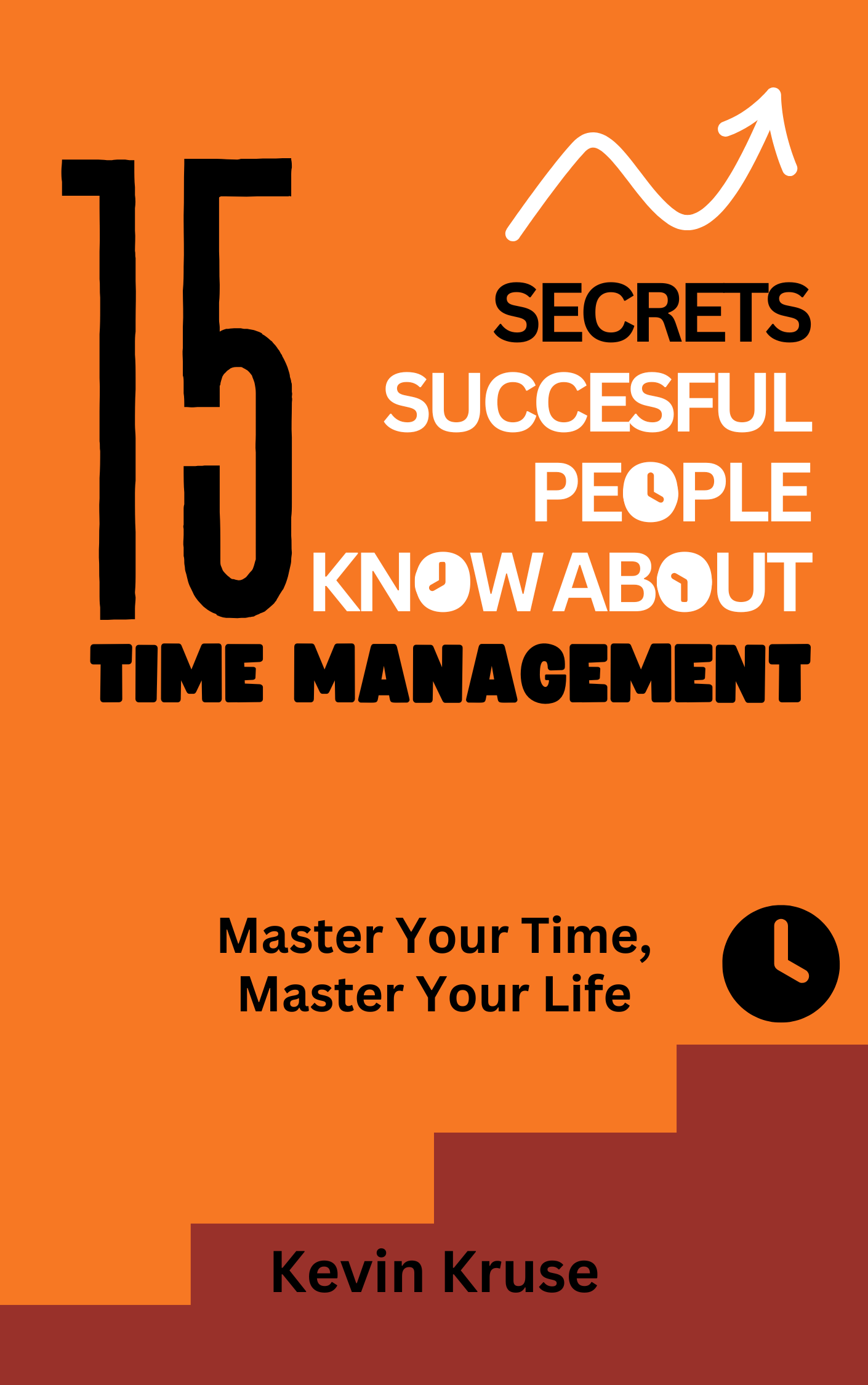



.png)

